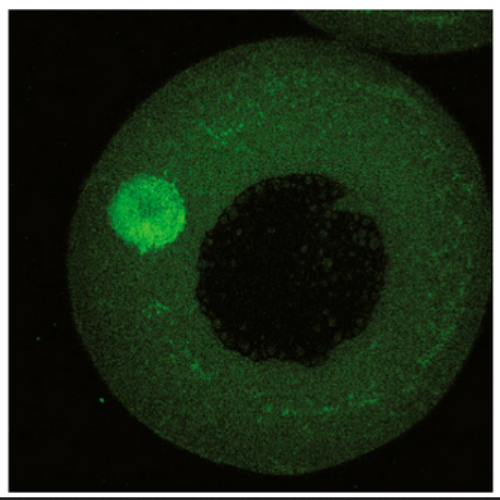Amyloid-like Self-Assembly of a Cellular Compartment.
Most vertebrate oocytes contain a Balbiani body, a large, non-membrane-bound compartment packed with RNA, mitochondria, and other organelles. Little is known about this compartment, though it specifies germline identity in many non-mammalian vertebrates. We show Xvelo, a disordered protein with an N-terminal prion-like domain, is an abundant constituent of Xenopus Balbiani bodies. Disruption of the prion-like domain of Xvelo, or substitution with a prion-like domain from an unrelated protein, interferes with its incorporation into Balbiani bodies in vivo. Recombinant Xvelo forms amyloid-like networks in vitro. Amyloid-like assemblies of Xvelo recruit both RNA and mitochondria in binding assays. We propose that Xenopus Balbiani bodies form by amyloid-like assembly of Xvelo, accompanied by co-recruitment of mitochondria and RNA. Prion-like domains are found in germ plasm organizing proteins in other species, suggesting that Balbiani body formation by amyloid-like assembly could be a conserved mechanism that helps oocytes function as long-lived germ cells.

- Cell. 2016 Jul 28;166(3):637-650
- 2016
- Cell Biology
- 27471966
- PubMed
Enabled by:
